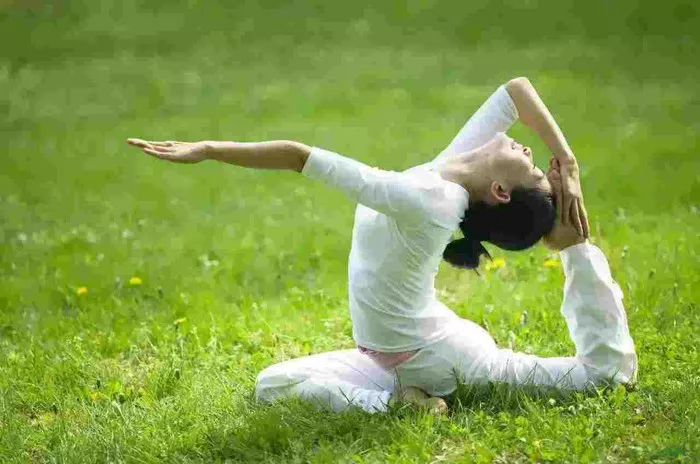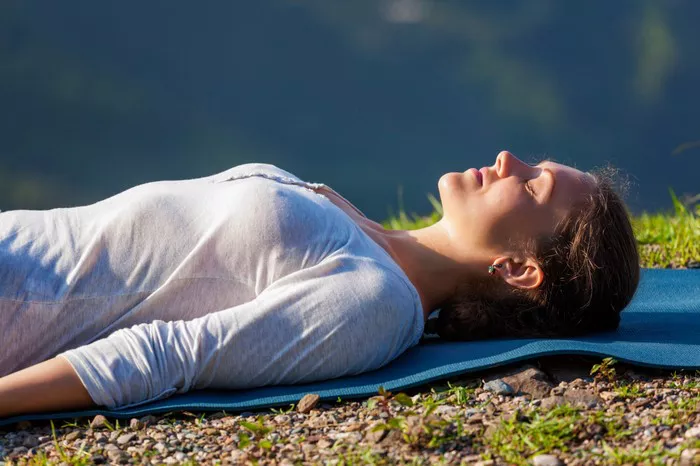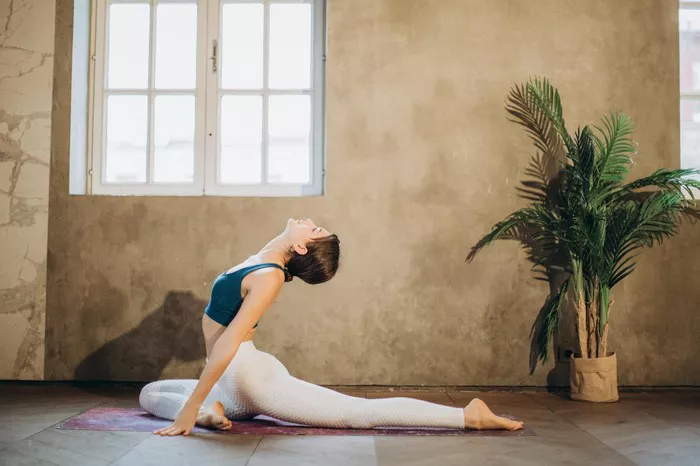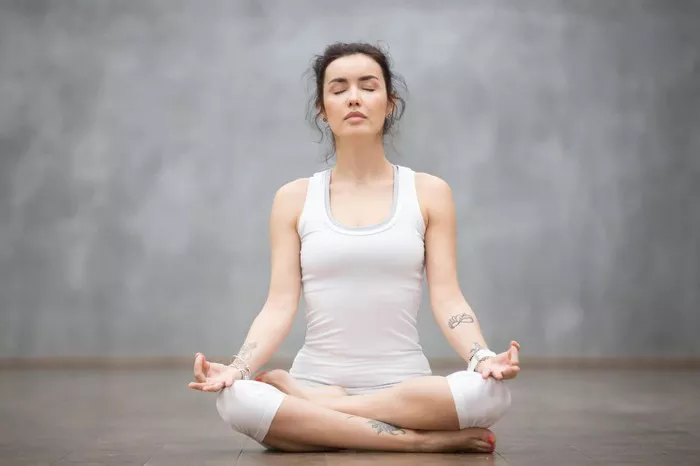Yoga, an ancient practice rooted in mindfulness and holistic well-being, encompasses a diverse range of styles and techniques. Among these, Vinyasa stands out as a dynamic and flowing form that seamlessly weaves breath with movement. In this article, we delve into the depths of Vinyasa yoga, exploring its origins, principles, benefits, and how it has evolved to become a cornerstone in modern yoga practices.
Origins and Foundations of Vinyasa
Vinyasa, derived from the Sanskrit words “vi” (in a special way) and “nyasa” (to place), encapsulates the essence of flowing movement synchronized with breath. Its roots can be traced back to the traditional practice of Ashtanga Yoga, a system developed by the legendary yogi Pattabhi Jois. Ashtanga Yoga consists of a predetermined series of poses linked together by the breath, providing a systematic and disciplined approach to yoga.
Vinyasa, as a standalone practice, gained popularity in the latter part of the 20th century, emerging as a more flexible and creative expression of the Ashtanga tradition. Influential teachers like Baron Baptiste and Shiva Rea played pivotal roles in popularizing Vinyasa, emphasizing its adaptability to different levels and styles of practitioners.
Principles of Vinyasa Flow
At its core, Vinyasa is characterized by a continuous and smooth flow of poses, guided by intentional breath control. The fundamental principles of Vinyasa flow involve linking movements with inhalations and exhalations, creating a dance-like sequence that challenges both the body and mind.
1. Breath Awareness: Central to the Vinyasa practice is the conscious synchronization of breath with movement. The inhalation signals the initiation of a pose, while the exhalation guides the transition to the next. This mindful breathing not only enhances the fluidity of the practice but also cultivates a sense of presence and focus.
2. Transitions and Sequencing: Vinyasa is known for its seamless transitions between poses, creating a sense of graceful continuity. Teachers often design sequences that target specific muscle groups or themes, allowing practitioners to explore a diverse range of poses in a single session. The fluidity of these transitions encourages a deeper connection between body, breath, and mind.
3. Alignment and Engagement: While the flow of Vinyasa may seem effortless, precision in alignment is crucial to prevent injury and maximize the benefits of each pose. Teachers emphasize the engagement of specific muscles, proper joint alignment, and awareness of body mechanics. This attention to detail contributes to the therapeutic aspect of Vinyasa, promoting strength, flexibility, and balance.
4. Creativity and Expression: Vinyasa offers a canvas for creative expression within the framework of yoga. Teachers and practitioners alike can explore variations of poses, modify sequences, and incorporate diverse elements such as music, props, and themes. This inherent adaptability makes Vinyasa a dynamic and inclusive practice that can cater to individuals with different needs and preferences.
Benefits of Vinyasa Yoga
The practice of Vinyasa yields a myriad of physical, mental, and emotional benefits, making it a popular choice for yoga enthusiasts worldwide.
1. Cardiovascular Health: The continuous and rhythmic nature of Vinyasa promotes cardiovascular health by elevating the heart rate. This aerobic aspect not only enhances circulation but also contributes to overall cardiovascular fitness, aiding in the prevention of heart-related issues.
2. Muscle Strength and Endurance: The dynamic nature of Vinyasa requires the engagement of various muscle groups, leading to improved strength and endurance. Regular practice can target both large and small muscle sets, fostering a balanced and functional body.
3. Flexibility and Range of Motion: Vinyasa’s emphasis on continuous movement encourages the body to explore a wide range of motion. Over time, this can enhance flexibility, increase joint mobility, and alleviate stiffness, promoting a more agile and responsive physique.
4. Stress Reduction and Mindfulness: The mindful pairing of breath and movement in Vinyasa creates a meditative flow that helps reduce stress and promote relaxation. This aspect of the practice cultivates mindfulness, allowing practitioners to be fully present on their mats and carry this awareness into their daily lives.
5. Weight Management and Metabolism: The combination of cardiovascular exercise and muscle engagement in Vinyasa contributes to calorie burning and can aid in weight management. Additionally, the practice may stimulate the metabolism, promoting a more efficient use of energy in the body.
6. Enhanced Respiratory Function: The conscious breath control integral to Vinyasa enhances respiratory function. Practitioners learn to deepen and extend their breath, increasing lung capacity and promoting better oxygenation of the body’s tissues.
Evolution of Vinyasa in Contemporary Yoga
As yoga continues to evolve and adapt to the needs of diverse practitioners, Vinyasa has become a cornerstone of contemporary yoga styles. Modern yoga studios often offer Vinyasa classes with varying themes, intensity levels, and durations to cater to practitioners of all backgrounds and preferences.
1. Fusion with Other Styles: Vinyasa has seamlessly integrated with other yoga styles, giving rise to hybrid practices that combine the fluidity of Vinyasa with the precision of Iyengar, the meditative aspects of Kundalini, or the restorative elements of Yin. This fusion allows practitioners to experience a holistic and well-rounded approach to yoga.
2. Technology and Online Platforms: The accessibility of yoga has expanded significantly with the advent of technology. Vinyasa classes are now readily available on online platforms, enabling practitioners to engage in guided sessions from the comfort of their homes. This democratization of yoga has contributed to the global popularity of Vinyasa.
3. Inclusivity and Modifications: Recognizing the diverse needs of practitioners, Vinyasa classes have become more inclusive, with teachers offering modifications and variations to accommodate different levels of experience and physical abilities. This adaptability ensures that the benefits of Vinyasa can be experienced by individuals of all ages and backgrounds.
4. Therapeutic Applications: Beyond its physical benefits, Vinyasa has found applications in therapeutic settings. Yoga therapists incorporate Vinyasa sequences to address specific health concerns, such as chronic pain, stress-related disorders, and mental health conditions. The combination of movement, breath, and mindfulness proves to be a potent tool in promoting overall well-being.
Challenges and Considerations in Vinyasa Practice
While Vinyasa offers a wealth of benefits, it is essential for practitioners to approach the practice with mindfulness and awareness. Certain challenges and considerations should be taken into account to ensure a safe and enjoyable experience.
1. Risk of Injury: The dynamic nature of Vinyasa, if not practiced with proper alignment and awareness, can pose a risk of injury. It is crucial for practitioners to listen to their bodies, progress at their own pace, and seek guidance from experienced teachers to avoid overexertion.
2. Individual Variations: Every individual’s body is unique, and what works for one may not be suitable for another. It is essential for practitioners to communicate with their teachers about any physical limitations, injuries, or health concerns, allowing for appropriate modifications to be made to the practice.
3. Balancing Intensity Levels: Vinyasa classes can vary significantly in intensity, from gentle and restorative to vigorous and challenging. Practitioners should choose classes that align with their current fitness level and gradually progress to more advanced sequences to avoid burnout or frustration.
4. Mindful Progression: As with any physical practice, progression in Vinyasa should be gradual. Pushing too hard or attempting advanced poses without proper preparation can lead to injuries. Patience and a focus on the journey, rather than the destination, are key aspects of a sustainable Vinyasa practice.
Conclusion
In the ever-evolving landscape of yoga, Vinyasa remains a dynamic and influential practice that continues to capture the hearts and minds of practitioners worldwide. Its seamless integration of breath, movement, and mindfulness fosters a holistic approach to well-being, making it accessible to individuals of all ages and fitness levels.
As we celebrate the art and science of Vinyasa, it is essential to recognize its roots in traditional yoga while embracing its evolution in contemporary settings. Whether stepping onto the mat for physical fitness, stress relief, or spiritual exploration, the fluidity of Vinyasa offers a pathway to self-discovery and transformation.

















